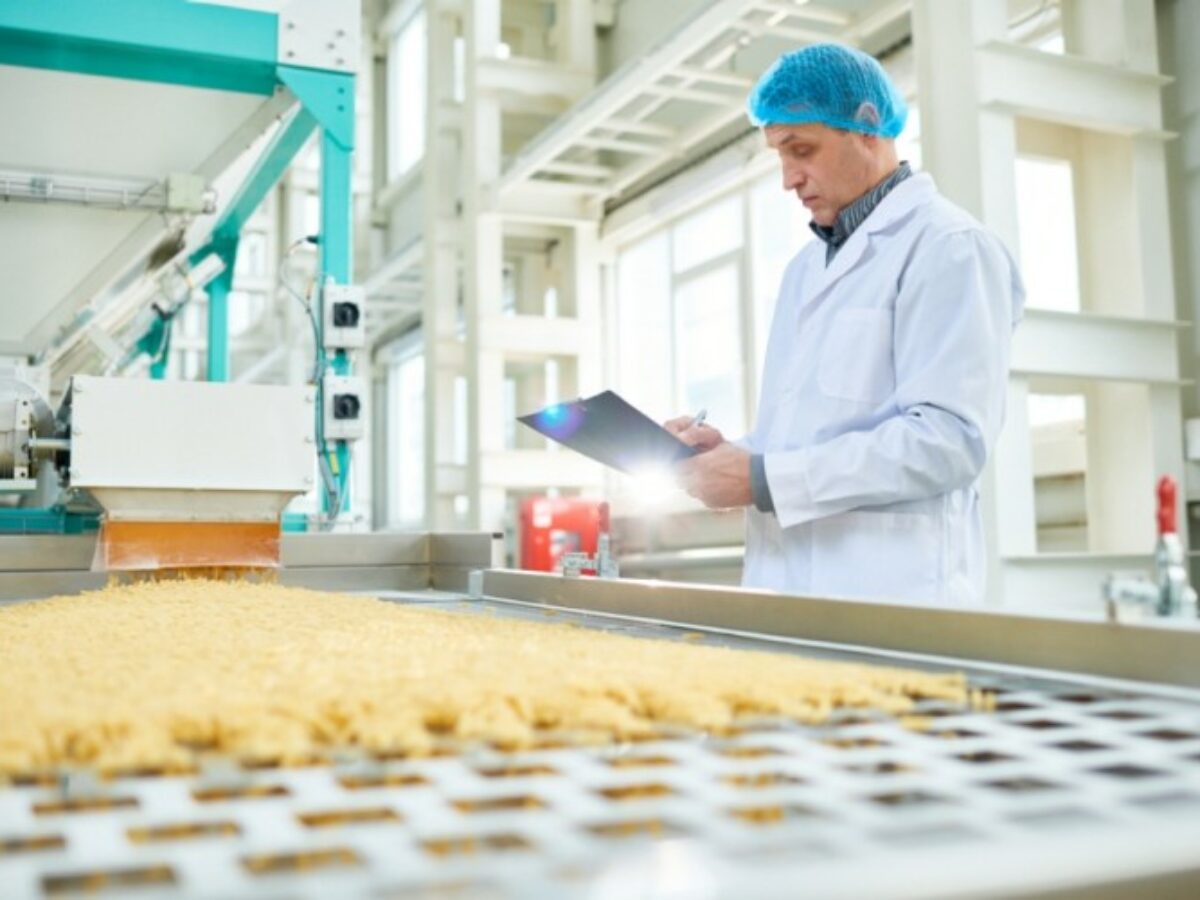Working smarter with data – digital transformation for food & beverage industry

@AuManufacturing‘s editorial series, ‘Working smarter with data‘, continues today with the potential of digitisation in food and beverage industries. Here Siemens outlines the opportunities and potential.
Food and beverage producers need to recognise that when it comes to digitalisation, it is not a question of whether they can afford it – it is a question of whether they can afford to wait.
Digitalised producers will be more agile, more efficient, more innovative, and drive record profits. So what is stopping your business?
For years, the food and beverage industry has remained relatively unaffected by digital disruption.
However, changing consumer demands and other market forces are putting increasing pressure on food and beverage producers to rethink the way they do business.
Consumer demands are changing faster than ever, with new products and trends evolving by the day. The coronavirus pandemic underlines just how fast and radically consumer demand can change.
The rush for canned goods, the meat shortages, and rise in demand for foods perceived as beneficial to the immune system exemplify how quickly the market can be turned on its head.
However, consumer demands were already rapidly evolving and will continue to do so once the pandemic has passed.
Unfortunately, changing demand is just one of many challenges that F&B producers have to contend with. Producers also need to stay abreast of increasingly competitive markets, supply shortages, shrinking profit margins, evolving regulations and more.
In brief, food and beverage manufacturers need comprehensive solutions for improving quality, driving efficiency, and becoming more agile.
Digital transformation is without a doubt the answer to these challenges.
According to the World Economic Forum, “to survive disruption and thrive in the digital era, incumbents need to become digital enterprises, rethinking every element of their business.”
Digital transformation will completely reshape the F&B industry – the only question is whether your organisation will be at the vanguard or playing catch-up.
Creating truly flexible supply chains
Whether it is changing demand, supply shortages, new regulations, or expanding into new markets, F&B supply chains are constantly in flux. One of the biggest challenges in this space is efficiently and rapidly creating new production designs.
F&B producers need to be able to create new production designs in a fast, cost-efficient fashion so that they can get products to market faster without sacrificing quality.
A digital thread for your production design is invaluable in this effort. In short, a digital thread for production design allows companies to virtually design and commission new lines.
Engineers can test out different production processes, visualise and analyse new machines, and even prototype products virtually. The result is a fast, highly efficient process for designing new production with fewer errors in machines and products alike.
In an era where time-to-market can be the difference between losing or gaining billions in market share, such flexibility in a supply chain is vital.
Creating better quality products
In a crowded, competitive market space with razor-thin profit margins, it is absolutely crucial that F&B producers consistently offer quality products. However, maintaining quality while increasing speed and flexibility is anything but easy.
Digital transformation can greatly ease this process while allowing F&B producers to reach unprecedented quality standards. For example, AI visual defect detection can be dramatically faster and more effective than traditional visual inspection. AI systems can identify upwards of 99 per cent of visual defects and automatically sort products accordingly.
Furthermore, smart sensors coupled with the Internet-of-Things can be utilised to provide unparalleled insight into the quality of materials and environmental factors throughout the entire supply chain. Sensors in a truck transporting produce could closely monitor factors such as temperature and humidity, automatically creating alerts when these factors exceed acceptable quality thresholds.
Going a step further, all of the data gathered through these processes can be collected and analysed. By leveraging next-generation analytics and AI, producers can identify points in the supply chain that are prone to producing defects or spot other opportunities for improving production. In many cases, these trends are invisible to the human eye or traditional analytics.
Continuous optimisation for maintaining a competitive advantage
In today’s fast-paced marketplace, F&B producers need to be thinking two steps ahead of the competition. It is not enough to have the best products and production for the current environment. Producers must be able to adapt to changing markets without dropping the ball in terms of quality or efficiency.
By becoming a truly digital enterprise, F&B producers are able to continuously optimise their production and products to stay ahead of the curve. Data gathered across the entire supply chain can be leveraged and fed into digital threads to drive greater value.
As an example, sensors on the plant floor and in transportation can gather data that can later be analysed to unlock greater efficiency.
Likewise, consumer feedback and purchasing behaviour can be analysed to improve product packaging, modify recipes, and deliver a better overall experience. Given that much of this data can be gathered and analysed in real-time or nearly instantaneously, digitalisation allows F&B producers to optimise the entire supply chain faster and more comprehensively than ever before.
Digital transformation won’t wait
The technology for true digital transformation in the F&B industry already exists. In fact, the technology is becoming more advanced and offering greater potential with every passing day.
Unfortunately, many F&B producers are still daunted by the digitalisation process or assume they don’t have time to transition to a digital enterprise.
F&B producers need to recognize that it is not a question of whether their organisation can become a digital enterprise – it is a question of whether they can afford to wait.
Picture: Siemens
@AuManufacturing‘s series is brought to you with the support of Fusion5, the largest 5-Star NetSuite Partner in Australia & New Zealand, providing full-featured cloud business management software solutions.

Subscribe to our free @AuManufacturing newsletter here.
Topics Manufacturing News Technology
@aumanufacturing Sections
Analysis and Commentary Awards Defence Manufacturing News Podcast Technology Videos






